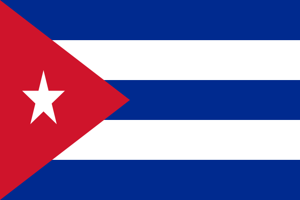 This year around 45,000 Cubans are expected to make use of buses, boats, taxis and their own two feet to travel to the United States from South and Central American countries such as Ecuador, fearful that the warmer relations between Cuba and the US will result in an end to the special immigration privileges that Cubans have enjoyed since the start of the Cold War.
This year around 45,000 Cubans are expected to make use of buses, boats, taxis and their own two feet to travel to the United States from South and Central American countries such as Ecuador, fearful that the warmer relations between Cuba and the US will result in an end to the special immigration privileges that Cubans have enjoyed since the start of the Cold War.
With thousands more choosing to try to raft across the Florida Straits, this year could bear witness to the largest number of Cubans coming to the United States since 125,000 people were hauled across the Straits by a Mariel boatlift 35 years ago. The exodus has resulted in a Central American border crisis, sparking increased calls for the end of the special Cuban-US immigration agreement and endangering the two nations’ new-found friendly relationship.
The special agreement gives Cubans an advantage over other immigrants in that Cubans are allowed to stay in the United States due to their nationality so long as they make it onto US soil. Most still have to traverse some of the most dangerous territories in the world to get there; however, immigrants frequently share information to make it easier for others via the use of smartphones, messaging apps and social media.
“Those who’ve arrived have gotten in touch with their acquaintances, their friends, and tell them how the route is,” says 32-year-old Lideisy Hernandez, a Cuban immigrant. “That means that no one needs a coyote [human trafficker]. You go making friends along the way.”
